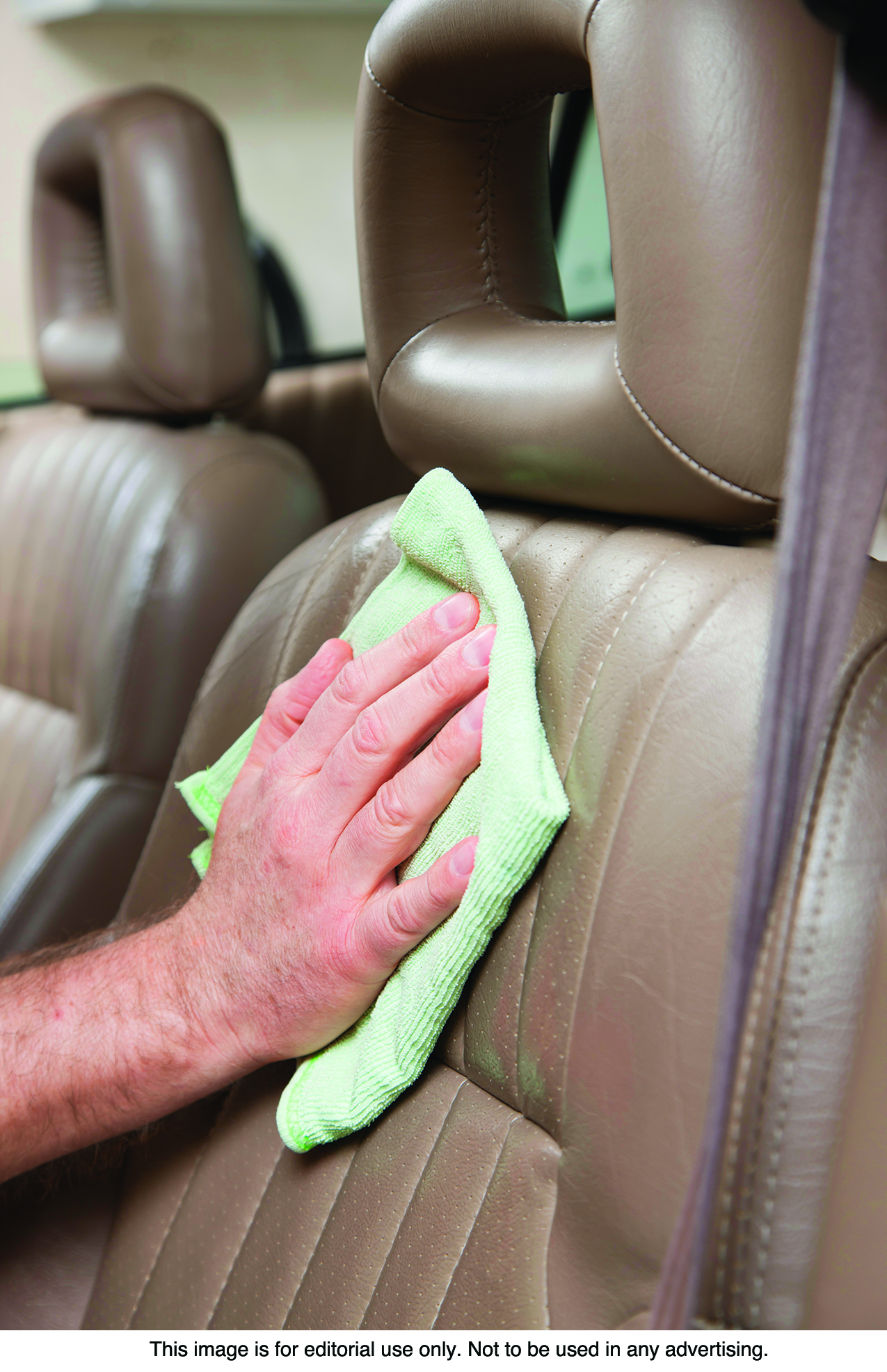The COVID-19 pandemic changed the way people live. One readily felt effect was spending more time at home. Vehicles sat idle in driveways and even some automotive insurance providers reduced rates because people were driving much less.
Even with stay-at-home measures in place, people still need to leave their homes to stock up on essentials, such as food or medicine. In other cases, people may have been essential workers who drive for a living, including delivery drivers or health care personnel who were incapable of working from home.
Any time a person goes out in public, they run the risk of contracting viruses. Bacteria and germs may reside on various surfaces, including inside vehicles.
People want to protect themselves and now are more aware of the importance of frequently cleaning and sanitizing their cars. Keeping a vehicle safe to drive without affecting its upholstery or electronic components is paramount.
The Centers for Disease Control and Prevention makes a distinction between cleaning and disinfecting. Cleaning refers to the removal of germs, dirt and impurities from surfaces. It does not kill germs, but can lower their numbers. Disinfecting refers to using chemicals to kill germs on surfaces.
The following are some ways to deeply clean and sanitize a car:
• Wash hands. First and foremost, it is crucial to wash your hands before and after using the car. This can reduce the likelihood of growing ill because of transferred viruses or bacteria.
• Use rubbing alcohol. Solutions that contain 70 percent alcohol are effective against many viruses and bacteria, including coronaviruses, says the CDC. Furthermore, Jeff Stout, Executive Director of Global Innovation at Yanfeng Automotive Interiors, says that, for the most part, nearly every interior surface of a vehicle can be cleaned with isopropyl alcohol. Plastic to painted chrome to imitation leather have been tested to ensure they don’t degrade when exposed to pure isopropyl alcohol.
• Avoid bleach or hydrogen peroxide. While bleach and peroxide are very effective cleaners and sanitizers, they are likely to damage a car’s upholstery, according to Consumer Reports.
• Use soap and water: Experts say that vigorous washing with a soap-and-water solution can be effective against many contaminants because it breaks down the protective envelope that surrounds coronaviruses and other germs to disarm them.
Friction also can help to break down germ cells during cleaning.
“You want to do the best with what you have, so even soap and water can chip away at the risk,” says Stephen Thomas, M.D., Chief of Infectious Diseases and Director of Global Health at Upstate Medical University in Syracuse, NY.
• Address frequently touched surfaces. Pay attention to the steering wheel, door handles, buttons, touchscreen displays, shift lever, and more when sanitizing. Each of these items can harbor germs.
Frequently cleaning and sanitizing can help make vehicles safer to operate.




